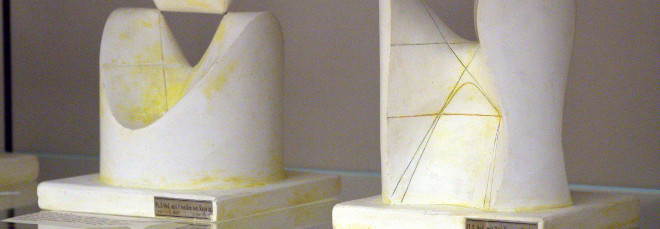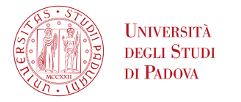
“Mathematical modelling of axon mechanics”
Mercoledì 17 Maggio 2023, ore 13:30 - Aula 2BC30 - Davide Riccobelli (Politecnico di Milano)
Abstract
In this talk, we discuss some aspects of the mathematical modelling of axon mechanics. Indeed, in several pathological conditions, such as coronavirus infections, multiple sclerosis, Alzheimer’s and Parkinson’s diseases, the physiological shape of axons is altered and a periodic sequence of bulges appears. Experimental evidences suggest that such morphological changes are caused by the disruption of the microtubules composing the cytoskeleton of the axon. We develop a mathematical model of damaged axons based on the theory of continuum mechanics and nonlinear elasticity. The axon is described as a cylinder composed of an inner passive part, called axoplasm, and an outer active cortex, composed mainly of F-actin and able to contract thanks to myosin-II motors. Through a linear stability analysis we show that, as the shear modulus of the axoplasm diminishes due to the disruption of the cytoskeleton, the active contraction of the cortex makes the cylindrical configuration unstable to axisymmetric perturbations, leading to a beading pattern.
Furthermore, we investigate the dynamics of the cortex remodelling by means of thermodynamical considerations, i.e. the Coleman–Noll procedure. We shed light on the coupling between the hoop and the axial active strain through the Mandel stress tensor. We propose a qualitative analysis of the system under the simplifying assumption of incompressibility, showing the existence of a stable equilibrium solution. In particular, our results show that the axon regulates the active contraction to maintain a homeostatic stress state. Finally, we propose numerical simulations of the model, using a more suitable compressible constitutive law.




